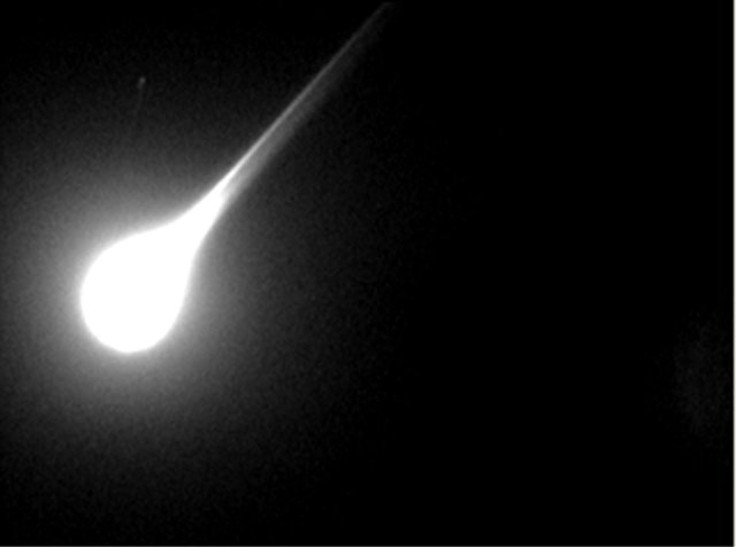Fireball’s Airburst May Have Destroyed Ancient Syrian Village, Study Reveals
KEY POINTS
- Scientists believe an airburst destroyed an ancient Syrian village
- Inhabitants of the village became one of the first known farmers in the world
- Excavated samples suggest that a fireball's mid-air explosion destroyed the area
A study revealed that a fireball that produced a powerful explosion mid-air might have destroyed one of the first known farming villages in the world. The authors of the study based their claims on various samples taken from an excavation site.
The study focused on an ancient settlement known as Abu Hureyra, which was established around 13,000 years ago in northern Syria. Details of the study were presented in a paper previously published in the journal Scientific Reports.
The first inhabitants of Abu Hureyra were most likely hunter-gatherers who relied on natural resources from the land in order to survive. According to a previous study, a drought may have driven the early settlers into cultivating the grains they had previously collected in the wild, making them one of the first known farmers.
However, about 13,000 years ago, it seems the inhabitants of the village encountered a disastrous event, which left a layer of carbon over the remains of the village. According to scientists, this indicates that fires broke out in the area.
Excavations in the sites where Abu Hureyra once stood were first carried out in 1972 and 1973. Recently, a team of scientists re-analyzed the samples taken during the excavations.
Many of the samples collected during the excavations include melted iron, sulfur-rich objects and glass spheres that were formed by melting soil. According to the scientists, these types of materials are clear indicators of a catastrophic event that produced extremely high temperatures. They believe that such an event was caused by a space rock producing a powerful explosion in the sky.
Andrew Moor, an archaeologist from the Rochester Institute of Technology and the lead author of the study, explained what the inhabitants of Abu Hureyra experienced following the cosmic fireball’s airburst.
According to the archeologist, the blast from the mid-air explosion most likely incinerated the entire village.
“People who were in or near the village of Abu Hureyra at the time the airburst exploded would have seen an immense flash in the sky, equivalent to a nuclear explosion,” he told Space.com.
“A few seconds later, they would have been incinerated by the blast emanating from the airburst,” Moore continued. “The heat wave destroyed the village and everything in it, leaving a layer of burned material across the surface.”

© Copyright IBTimes 2024. All rights reserved.





















